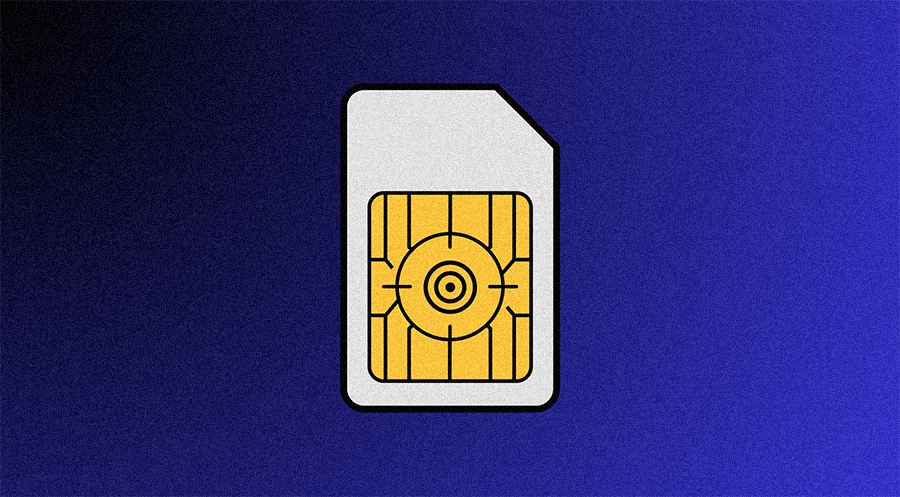The information collected by, and stored within, mobile networks can represent one of the most current and comprehensive dossiers of our life. Our mobile phones are connected to these networks and reveal our behaviours, demographic details, social communities, shopping habits, sleeping patterns, and where we live and work, as well as provide a view into our travel history. This information, in aggregate, is jeopardized, however, by technical vulnerabilities in mobile communications networks. Such vulnerabilities can be used to expose intimate information to many diverse actors and are tightly linked to how mobile phones roam across mobile operators’ networks when we travel. Specifically, these vulnerabilities are most often tied to the signaling messages that are sent between telecommunications networks which expose the phones to different modes of location disclosure.
Telecommunications networks have been designed to rely on private, though open, signaling connections. These connections enable domestic and international roaming, where a mobile phone can seamlessly pass from one company’s network to another. The signaling protocols used for this purpose also allow networks to retrieve information about the user, such as whether a number is active, which services are available to them, to which country network they are registered, and where they are located. These connections and associated signaling protocols, however, are constantly being targeted and exploited by surveillance actors with the effect of exposing our phones to numerous methods of location disclosure.
Most unlawful network-based location disclosure is made possible because of how mobile telecommunications networks interoperate. Foreign intelligence and security services, as well as private intelligence firms, often attempt to obtain location information, as do domestic state actors such as law enforcement. Notably, the methods available to law enforcement and intelligence services are similar to those used by the unlawful actors and enable them to obtain individuals’ geolocation information with high degrees of secrecy. Over the course of this report we will generally refer to all of these actors as ‘surveillance actors’ to refer to their interest in undertaking mobile geolocation surveillance.
Despite the ubiquity of global 4G network penetration and the rapidly expanding 5G network footprint there are many mobile devices, and their owners, who rely on older 3G networks. This is particularly the case in the regions of Eastern Europe, the Middle East, and Sub-Saharan Africa where 3G subscriber penetration is 55% according to the GSMA, an organization that provides information, services, and guidelines to members of the mobile industry. Further, at the end of 2021 the UK-based mobile market intelligence firm Mobilesquared estimated that only a quarter of mobile network operators worldwide have deployed a signaling firewall that is designed to impair geolocation surveillance. Telecom insiders understand that the vulnerabilities in the SS7 signaling protocol used in 3G roaming have enabled the development of commercial surveillance products that provide their operators with anonymity, multiple access points and attack vectors, a ubiquitous and globally-accessible network with an unlimited list of targets, and virtually no financial or legal risks.
This report provides a high-level overview of the geolocation-related threats associated with contemporary networks that depend on the protocols used by 3G, 4G, and 5G network operators, followed by evidence of the proliferation of these threats. Part 1 provides the historical context of unauthorized location disclosures in mobile networks and the importance of the target identifiers used by surveillance actors. Part 2 explains how mobile networks are made vulnerable by signaling protocols used for international roaming, and how networks are made available to surveillance actors to carry out attacks. An overview of the mobile ecosystem lays the foundation for the technical details of domestic versus international network surveillance, while the vectors of active versus passive surveillance techniques with evidence of attacks shows how location information is presented to the actor. **Part 3 **provides details of a case study from a media report that shows evidence of widespread state-sponsored surveillance, followed by threat intelligence data revealing network sources attributed to attacks detected in 2023. These case studies underscore the significance and relevance of undertaking these kinds of surveillance operations.
Deficiencies in oversight and accountability of network security are discussed in Part 4. This includes outlining the incentives and enablers that are provided to surveillance actors from industry organizations and government regulatory agencies. Part 5 makes clear that the adoption of 5G technologies will not mitigate future surveillance risks unless policymakers quickly move to compel telecommunications providers to adopt the security features that are available in 5G standards and equipment. If policymakers do not move swiftly then surveillance actors may continue to prey upon mobile phone users by tracking their physical location. Such a future paints a bleak picture of user privacy and must be avoided.



deleted by creator
Idk paid off cops and other people in mainstream professions? People running from criminals have shown me examples. (New England, usa area)